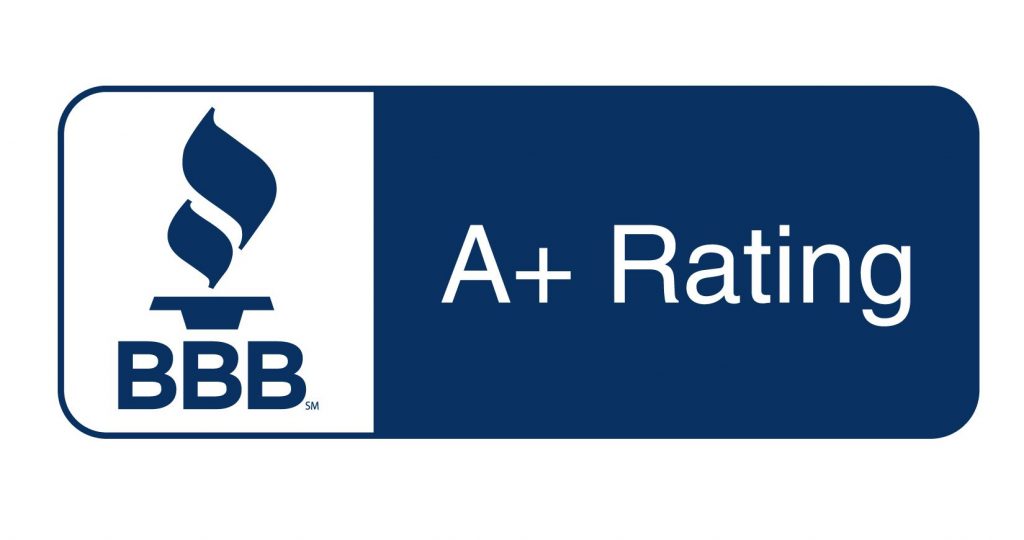Medigap Plan G – Plan G is one of the most popular Medigap plans on the market today. You may also hear these plans referred to as Medicare Supplement plans as they “supplement” your benefits under Traditional Medicare (Parts A and B). Before you decide to enroll in Plan G, you’ll need to understand how Medicare Supplements work, what benefits are included in Plan G, and how much the plan costs.
How Do Medigap Plans Work?
There are about ten Medigap plans available to beneficiaries. They’re each labeled by a letter of the alphabet and include Plans A, B, C, D, F, G, K, L, M, and N. Plans F and G also have high-deductible versions for those who want lower premiums. Regardless of which plan you choose, coverage works the same way.
A Medigap plan acts as your secondary insurance payor. If Medicare approves a claim, it’s first paid by Parts A and B. Then, it’s sent on to your Medigap plan for payment. The amount paid by your supplement plan depends on which plan you’re enrolled in.
Medigap plans are very predictable. Under most plans, beneficiaries won’t have any surprise bills since you’ll know exactly what the plan pays. This is helpful for those who like to budget for their yearly expenses. Another advantage of Medigap plans is they are portable. They do not rely on provider networks and are not limited to specific service areas. As long as the provider accepts Medicare (and most do), they’ll work with your Medigap plan.
An important characteristic of Medigap plans is that they are standardized. That means that all benefits remain the same, no matter where you purchase a plan or which company you choose to enroll with. For example, Plan G with Company Y in Carolina will have the same benefits as Plan G with Company X in California. For this reason, it’s always important to shop at multiple carriers to make sure you choose a plan with a competitive premium.

Plan G: Benefits and Cost
Now that you know how Medigap plans work, let’s take a look at the benefits you’ll enjoy if you enroll in Plan G. Plan G includes payment for:
- Part A deductible
- Part A coinsurance with an additional 365 days of inpatient costs
- Part A hospice care coinsurance
- Part A skilled nursing care coinsurance
- First 3 pints of blood
- Part B coinsurance / copayment
- Part B excess charges
- Foreign travel emergencies (up to plan limits)
The only thing Plan G will not pay for is the Part B deductible. In 2022, that deductible is $233. So, as long as Medicare approves a claim, your only responsibility for the entire year is that small annual deductible.
So, how much does this coverage cost? Medigap premiums depend on a number of things. Carriers base their premiums on your age, gender, and zip code. Most carriers also charge higher premiums to those who use tobacco. In addition, carriers often have discounts. Couples may get discounts if they enroll in the same plan, while other carriers give general discounts if you live with someone over a certain age.
Since premiums can vary significantly, you won’t be able to get an accurate quote unless you speak with an insurance agent. However, on average, Plan G ranges from $110 – $200 per month.
You can expect your monthly premium to increase as you get older. There is no set amount that it will increase, but your plan will send out a notice about three months prior to any changes in your premium. Plan G typically sees an increase of 3% – 5% each year.
Enrolling in a Medigap Plan
Anyone who has enrolled in Parts A and B can apply for a Medigap plan. The first time you’re eligible to do this is during your Initial Enrollment Period (IEP), which begins three months before your 65th birthday.
Every beneficiary also has a Medigap Open Enrollment Period. During this time, you’ll have guaranteed issue rights to any Medigap plan of your choosing. No insurance carrier can deny coverage based on current or past health conditions. Your unique open enrollment period begins on your Medicare Part B effective date, which could be after your 65th birthday if you choose to delay your Medicare enrollment. Outside of your open enrollment period, carriers can deny applications. (Some states have their own rules around guaranteed issue rights, so you may have more freedom if you live in one of those states.)
Remember, it’s important that you shop at several carriers before enrolling. The easiest way to do this is by enlisting the help of an independent insurance agent, like the ones at Carolina Senior Benefits! Our advisors are contracted with many companies, so we can compare benefits and rates to find you the coverage you need. Call today to speak with one of our Medicare experts.





